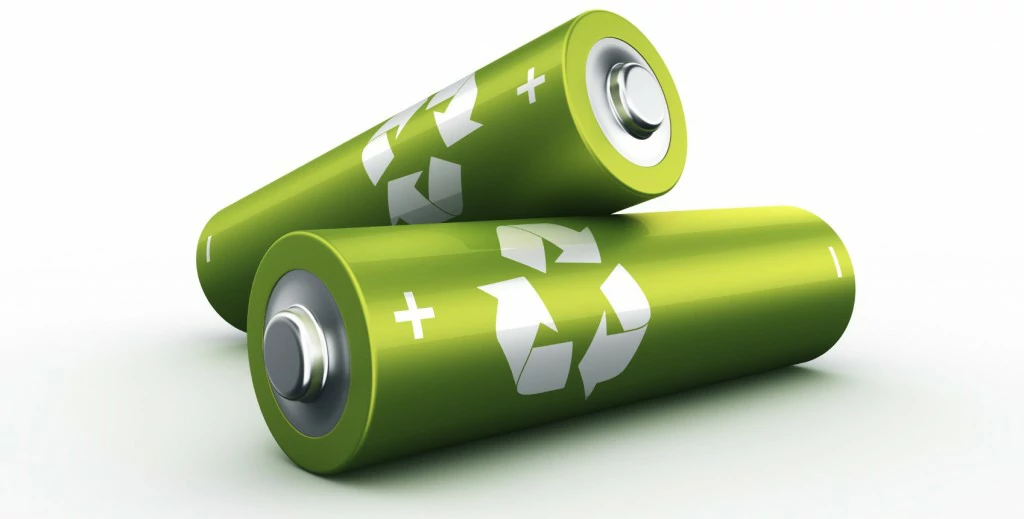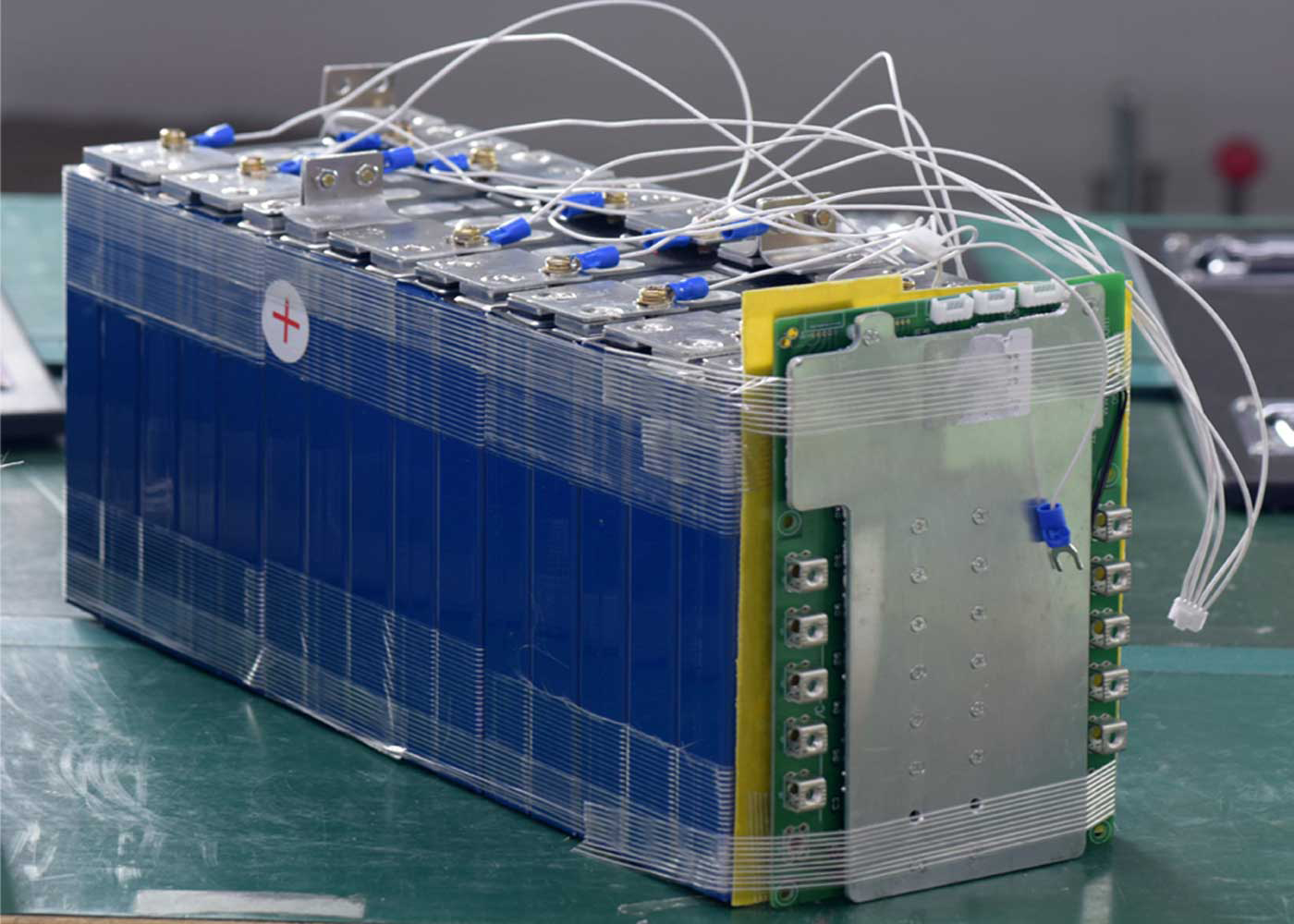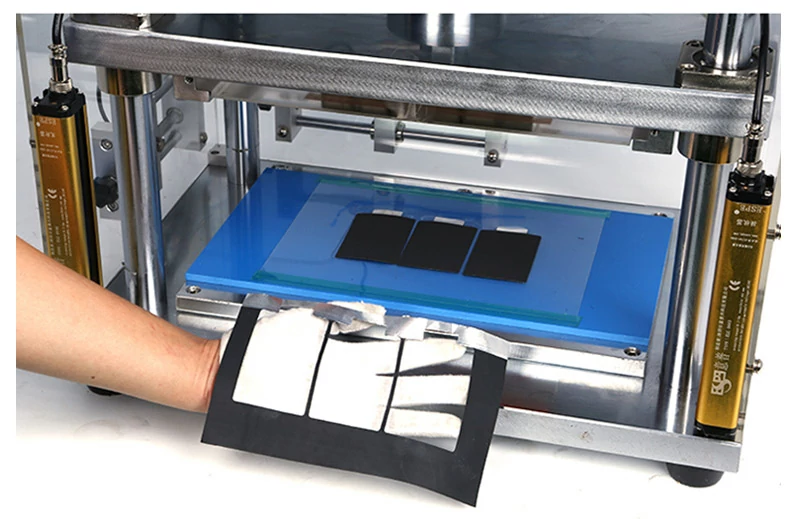Assembly flow process Preheating Preheating the component in preparation for...
Introduction to the electrolyte of lithium iron phosphate battery
Lithium iron phosphate battery (LFP) has been widely used in electric vehicles, energy storage systems and portable devices due to its superior safety, long service life and good thermal stability. As an important part of the battery, the composition and manufacturing process of the electrolyte have a direct impact on the performance and reliability of the battery. This article will introduce in detail the composition and manufacturing process of the electrolyte of lithium iron phosphate battery.
main composition
The electrolyte of lithium iron phosphate battery is usually composed of the following components:
Solvents
The main function of the electrolyte is to provide conduction channels for lithium ions. Commonly used organic solvents include:
Dimethyl carbonate (DMC) : with good solubility and compatibility, often used as the main solvent.
Vinyl carbonate (EC) : With a high dielectric constant, helps to improve the conductivity of the electrolyte, while providing support for the stability of the electrolyte.
Propylene carbonate (PC) : high conductivity and thermal stability, usually mixed with other solvents.
The above solvents are usually mixed in a certain ratio to optimize conductivity, thermal stability, and compatibility.
Lithium salt
Lithium salts are the main ionising component in the electrolyte, providing lithium ions. Commonly used lithium salts are:
Lithium hexafluorophosphate (LiPF6) : This is the most commonly used lithium salt for lithium iron phosphate batteries. It has good conductivity and chemical stability in organic solvents.
Lithium fluoride borate (LiBF4), ** lithium bromide (LiBr) **, etc. : These lithium salts may also be an alternative option in some specific applications.
The choice of lithium salt has an important impact on the conductivity and cycling performance of the battery, so it is necessary to make a reasonable choice when designing the electrolyte.
Additives
In order to improve the performance and safety of the battery, some functional additives are added to the electrolyte, such as:
Thickener: to improve the viscosity of the electrolyte, reduce the precipitation of lithium ions, improve the safety of the battery.
Antioxidants: such as ammonium carbonate, can improve the stability of the electrolyte, prevent decomposition reaction caused by high temperature.
Surfactant: used to enhance the contact property between the electrolyte and the electrode, and improve the rate of electrode reaction.
Manufacturing process of electrolyte
The manufacturing process of the electrolyte is the key to ensure its performance, which mainly includes the following steps:
Preparation of raw materials
In the manufacturing process of the electrolyte, high purity solvent and lithium salt need to be prepared first. Quality inspection ensures that raw materials are free of moisture and impurities.
Dissolution and mixing
The prepared solvents (such as DMC, EC, etc.) were mixed in a certain proportion, followed by the gradual addition of lithium salts (such as LiPF6) to fully dissolve the lithium salts in a stirring environment. Usually, this process is carried out under a dry atmosphere to avoid the reaction of moisture with the lithium salt.
Adding additives
After the lithium salt is dissolved, the desired functional additives are added according to the formula. This step also needs to be performed in an anhydrous environment to prevent hydrolysis or degradation of the additives.
Degassing treatment
After mixing, the electrolyte needs to be degassed to remove the gas in it and avoid affecting the performance of the battery. Common methods include vacuum degassing and nitrogen displacement.
Filtration and filling
The degassing treated electrolyte needs to go through certain filtration steps to remove possible solid impurities and ensure the cleanliness of the electrolyte. Subsequently, the filtered electrolyte is filled into the cell, usually protected with an inert gas to avoid the reaction of the electrolyte with moisture and oxygen in the air.
Conclusion
The composition and manufacturing process of the electrolyte of lithium iron phosphate battery directly affect the performance, safety and service life of the battery. In terms of the composition of the electrolyte, the proper choice of solvents, lithium salts and additives is crucial, while in the manufacturing process, strict raw material preparation, mixing, degging and filtration steps can ensure the high quality of the electrolyte. With the continuous progress of technology, the electrolyte research of lithium iron phosphate battery will continue to be in-depth, in order to provide higher performance battery solutions.

Home energy storage product series
A lithium battery pack for home energy storage systems, which is compatible with solar panels and the sun The inverter can work together with the power grid to power household appliances, and it can also be used as a For off grid systems.
Extended reading
THE ESSC Brand promise
Global supply
Our products sell well all over the world, covering many countries and regions, through the global logistics network, to provide customers with convenient purchasing experience.
Rigorous quality
We adhere to the highest quality control standards to ensure every product meets industry regulations and customer expectations, earning trust through consistent excellence.
Excellent service
With a customer-centric approach, we provide prompt responses, professional support, and personalized services, aiming to deliver the best user experience and long-term value.


